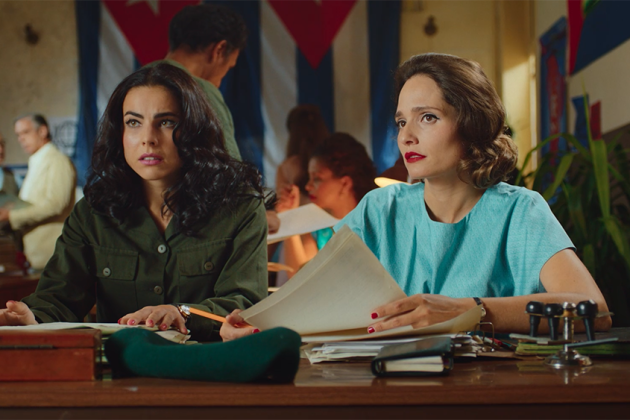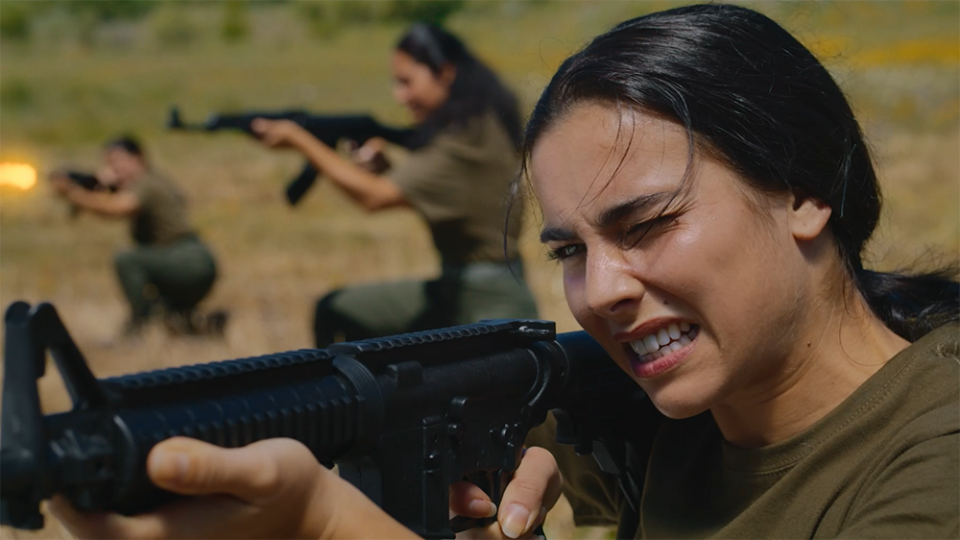‘She Was Ahead of Her Time’: Keshet’s ‘Cuba Libre’ Chronicles One Woman’s Revolution

Beauty queen, rebellious daughter of the head of Portugal’s secret service, housewife fascinated by Che Guevara, fighter – “Annie” Silva Pais was many, many things. Now, she is also the subject of Portuguese period drama “Cuba Libre.”
“I have been thinking about this story for 20 years,” admits creator Henrique Oliveira ahead of its bow at Berlinale’s Series Market Selects.
More from Variety
Chile's Quijote Films Reteams with El Viaje and Gema Films (EXCLUSIVE)
Argentina's Mil Monos Teams with Pablo Agüero, Nicolás Britos for Dystopian Thriller 'Decibel'
“That’s when I first read an article about her in [a local newspaper] Expresso. I fell in love right away. This woman was ahead of her time.”
While Oliveira, who also directs, had to wait decades to realize his dream, it actually worked out for the best, he claims.
“In the past few years, so many things have changed, especially when it comes to streaming. The TV market is completely different now. I had all this time to mature, to [figure out how to] pay tribute to this woman in the best possible way,” he says.
“It’s the project of my life. At least for now.”
Produced by Hop! Films and distributed by Keshet International, “Cuba Libre” clocks in at six hour-long episodes.
Starting in 1958, it follows Annie through her marriage to a Swiss diplomat a few years later, their move to Cuba and her budding interest in the revolution, which changes her forever.
“We take it all the way into the 1990s,” says Oliveira, who always intended to tell a “complete” story of Annie’s life. Also praising his lead, newcomer Beatriz Godhino.
“I got very, very lucky, because we found a perfect actress for the role.”
A role that sees Godhino go from a naïve girl “in a hurry to start living” to a self-assured woman and finally a proper revolutionary, in love with Che Guevara himself.
“It was this sort of platonic love,” says Oliveira.

“All these episodes are very different. [Things] get darker, especially by the end. And, of course, all this is completely true.”
Inspired by the article, he also reached out to the reporters who initially traced back her life and even the people who knew her.
“Her best friend is 85 years old now and still lives in Havana,” he says. Admitting he wanted to reflect the joy of these first years, the music and the excitement.
“The Cuban Revolution, at least in the 1960s, was very romantic, colorful. Lots of people fell in love with the idea of it and she was one of them. Later, and we show it as well, it has changed. Leaving many of them disillusioned.”
While Oliveira was trying to reflect changing socio-political attitudes of the turbulent time – shooting in Cádiz, Spain, also known as Havana’s twin city – the focus always remains on Annie.
“We wanted to make it personal and not too political. Although with her husband, they arrived in Cuba three days before the Cuban Missile Crisis!”
“Back then, this island of joy was so different from Portugal, which was grey, flat and deprived of laughter. Having your daughter there, with Fidel and Che, must have been crazy.”
Annie’s thorny relationship with her parents, especially her disapproving mother, plays an important part in the show. Especially when history catches up with them too.
“It’s a woman looking for her place in the world, instead of accepting what the society – and her mother – tells her to do. She needs to find her own way.”
Best of Variety
Sign up for Variety’s Newsletter. For the latest news, follow us on Facebook, Twitter, and Instagram.

